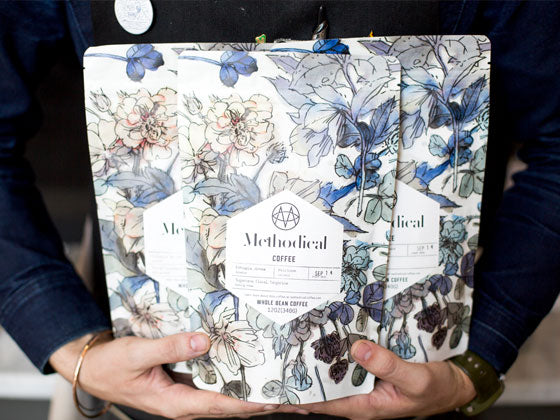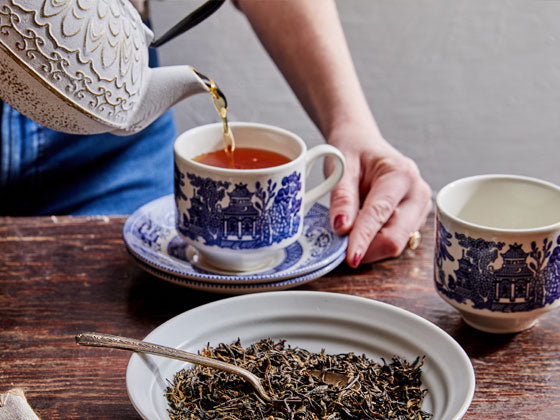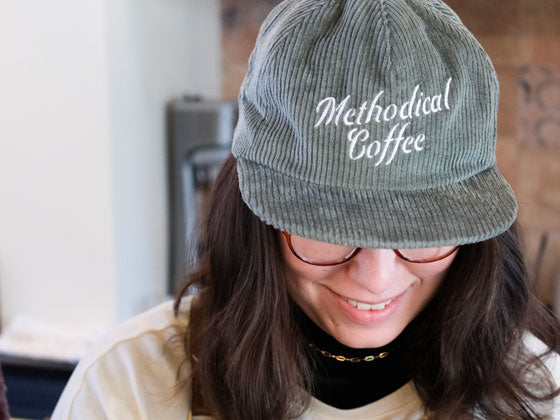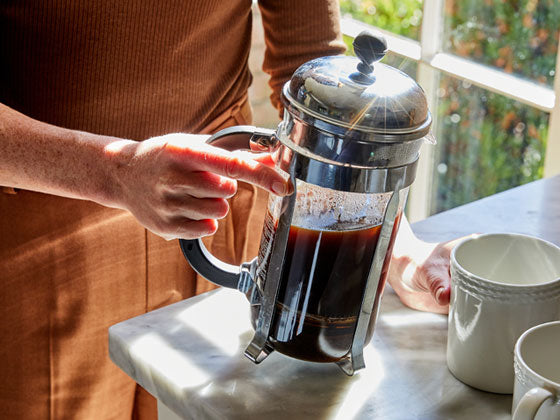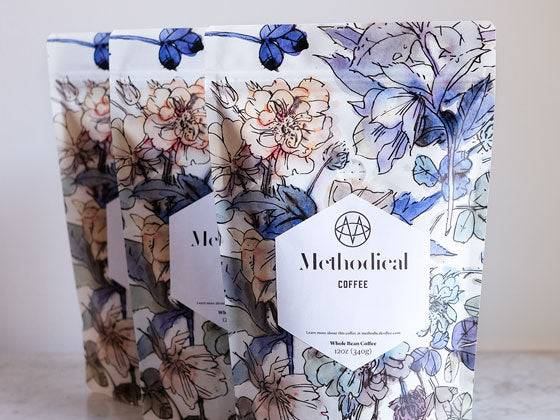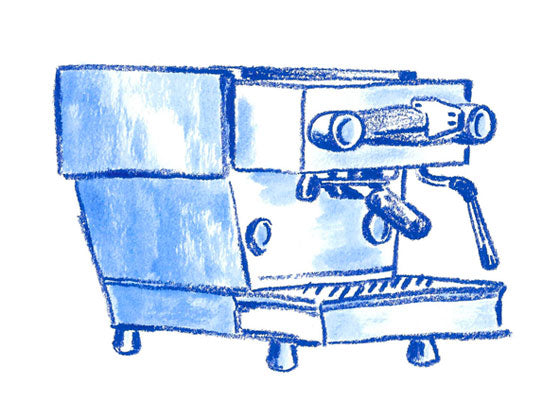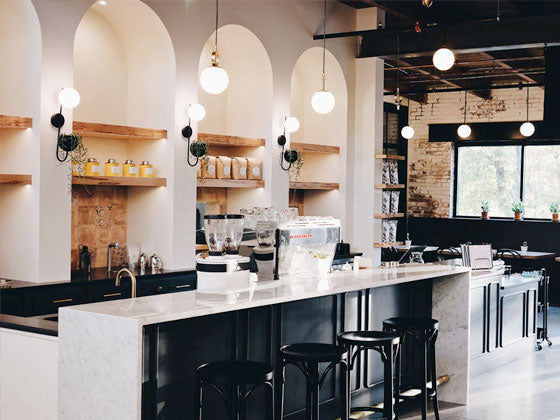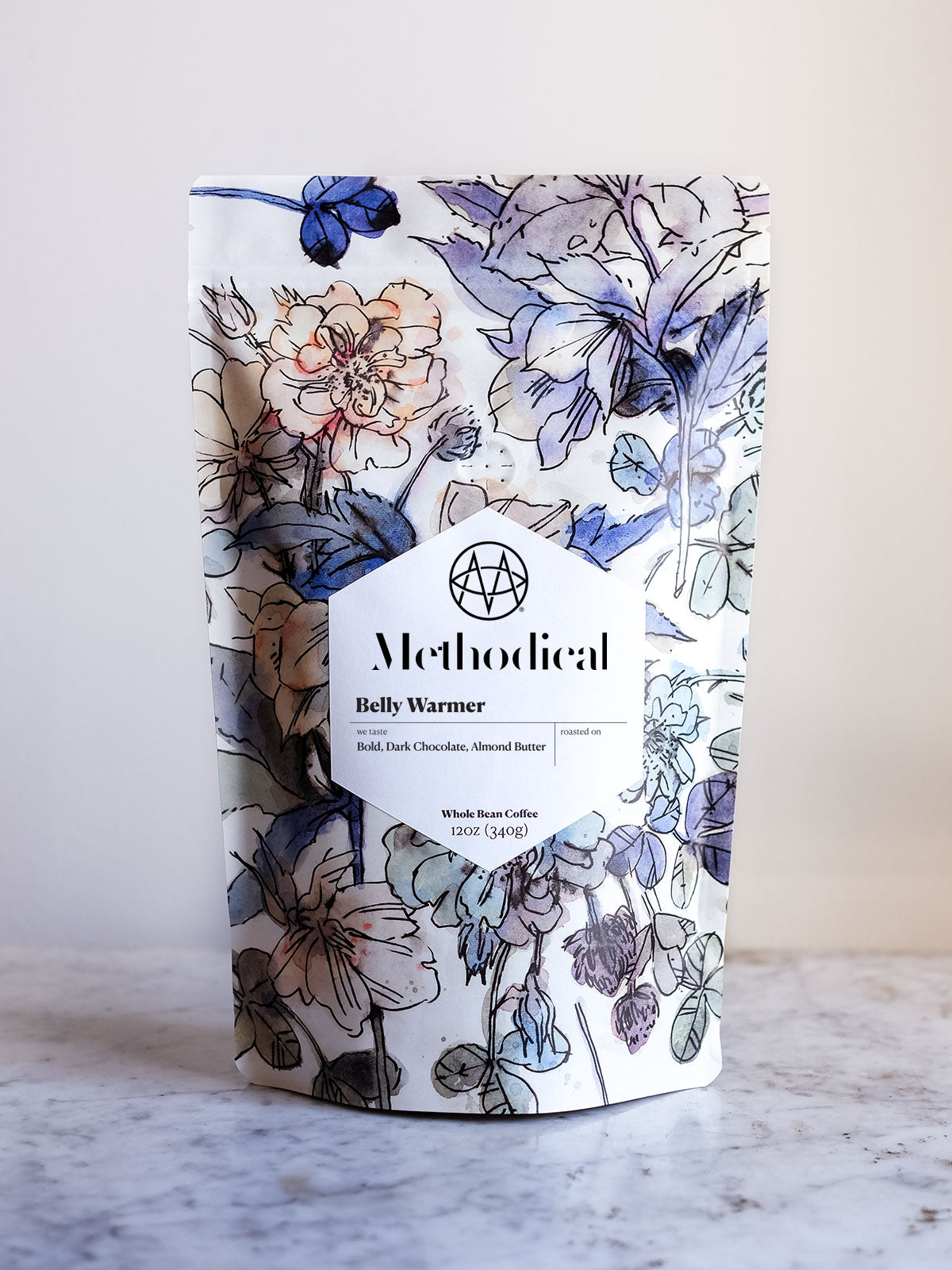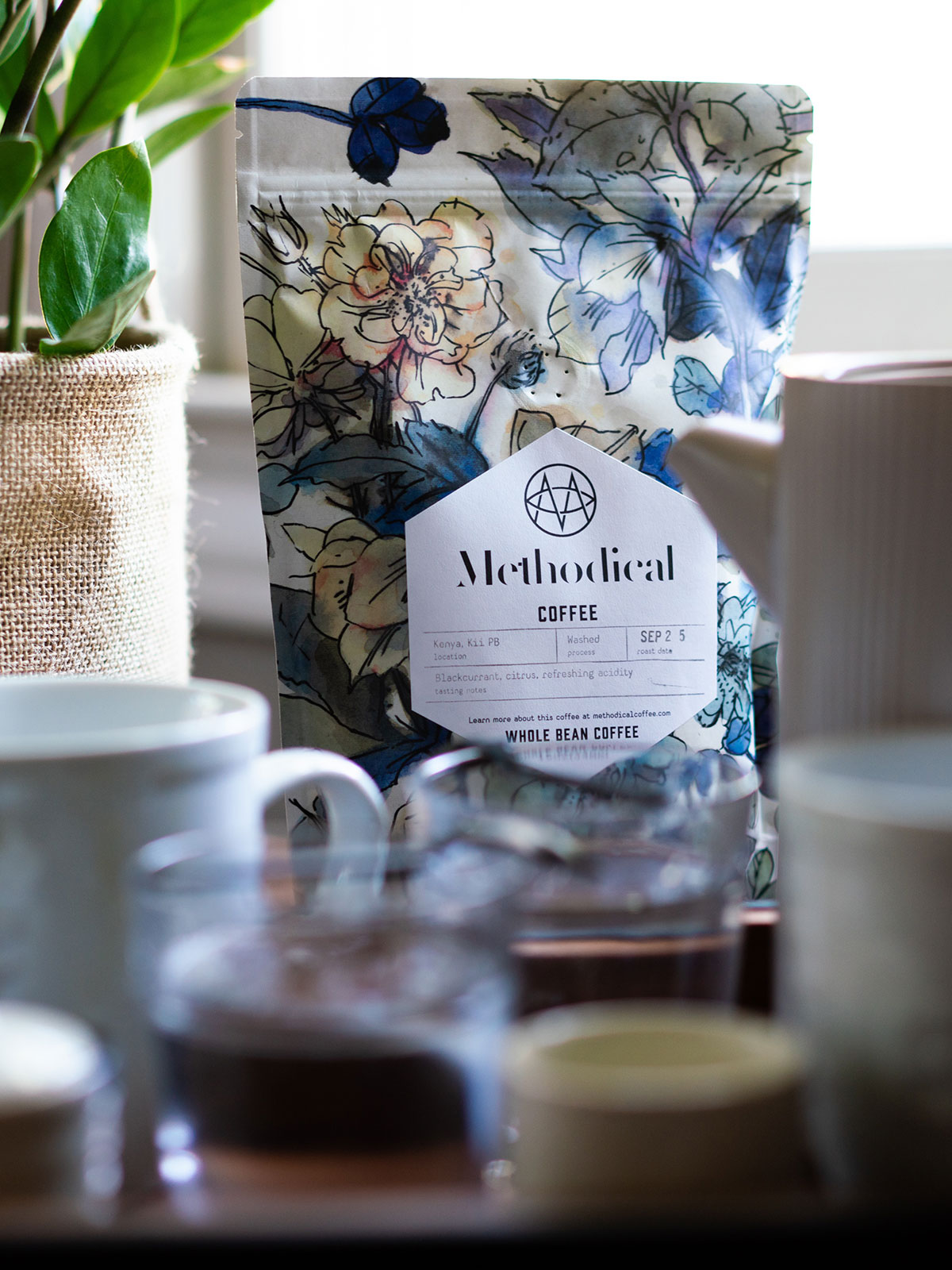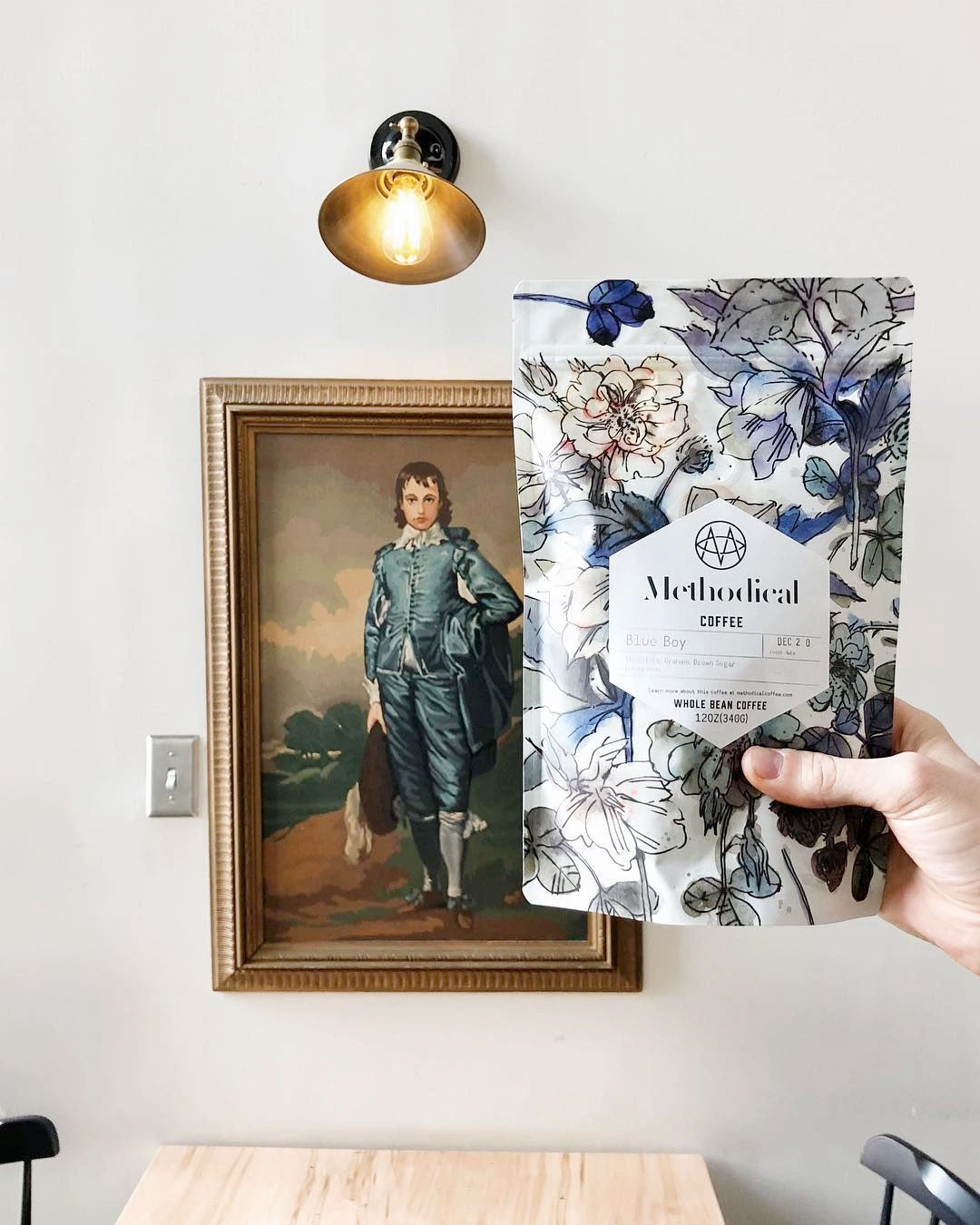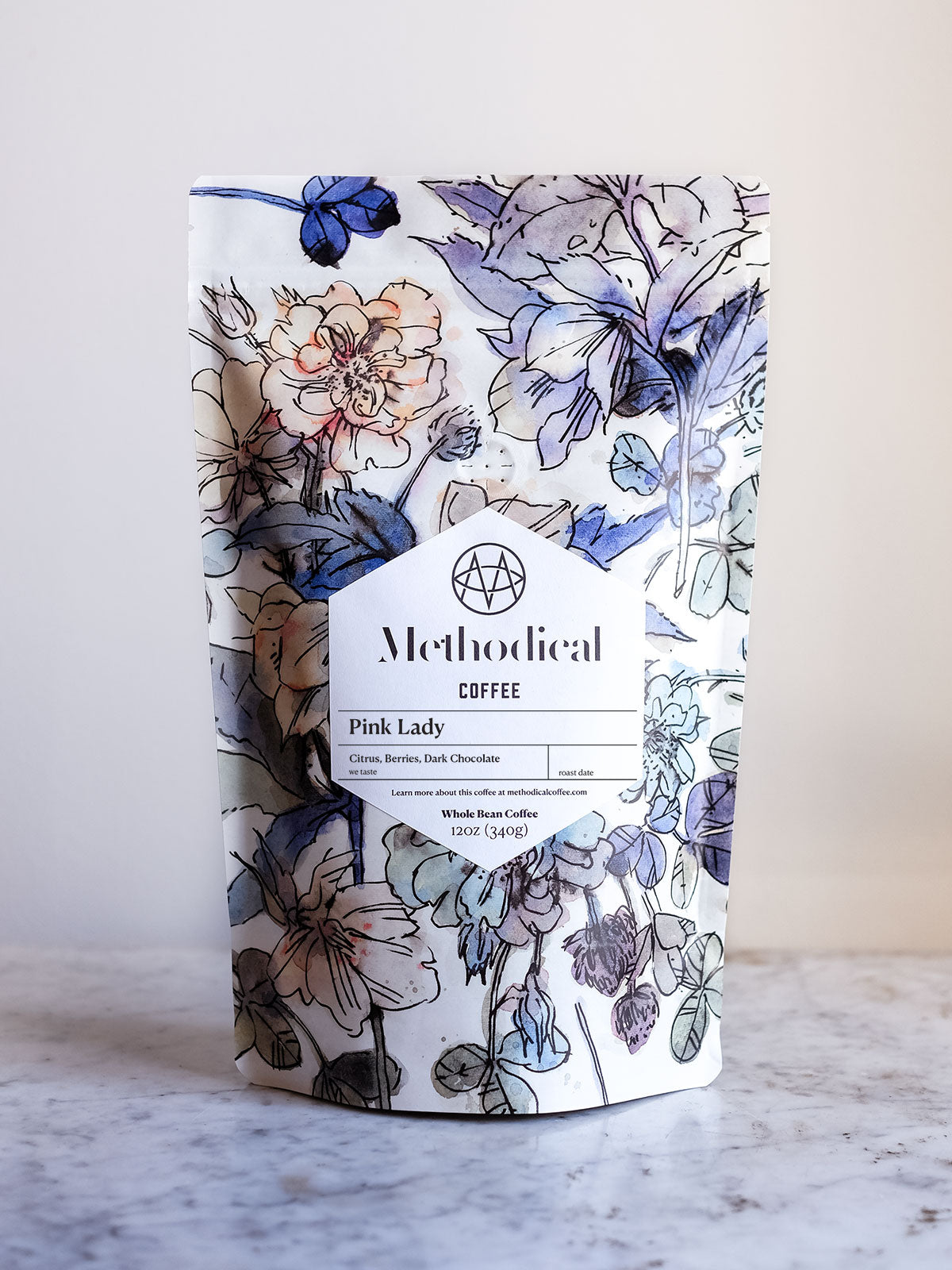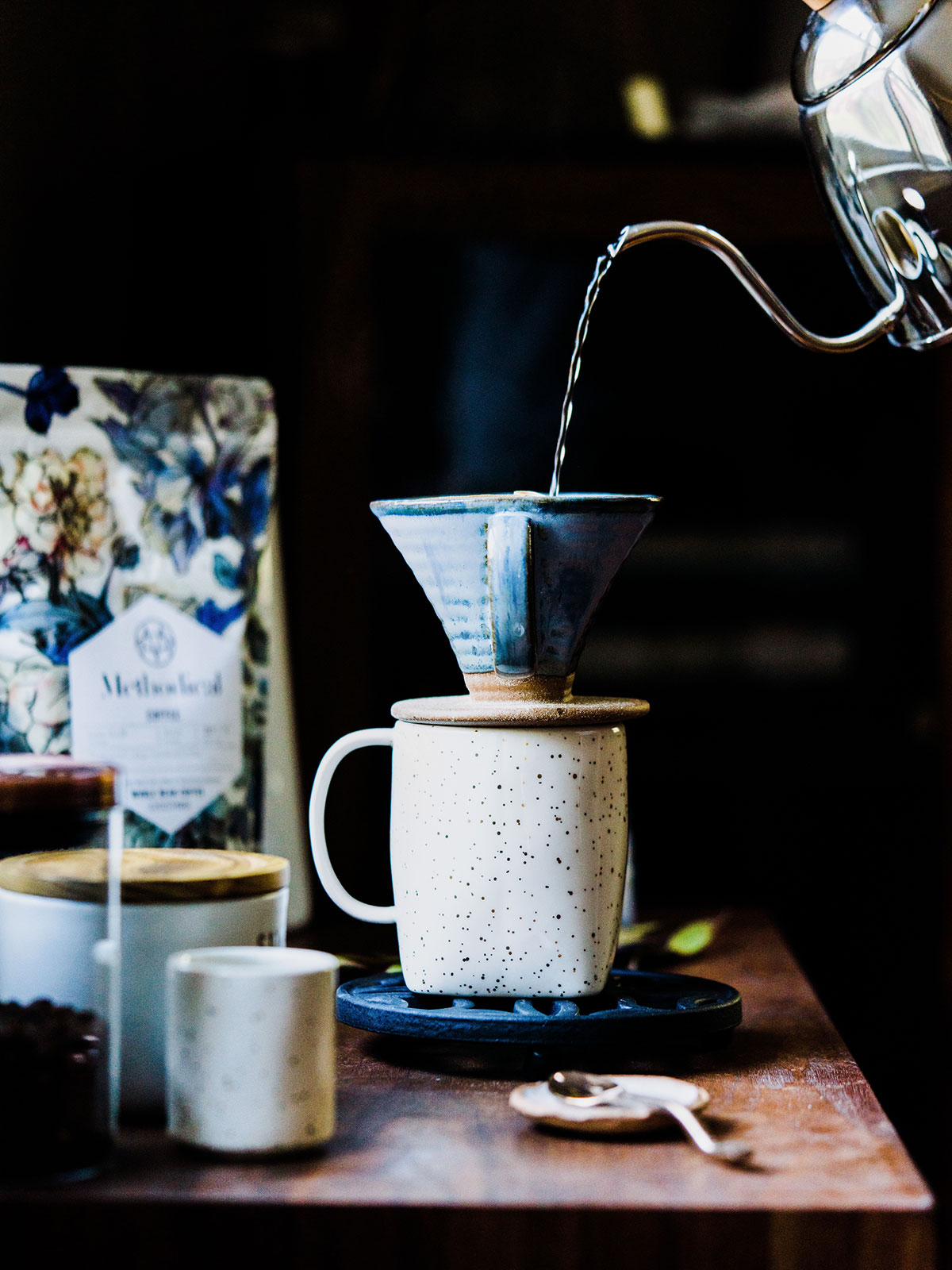If you're a coffee lover looking to take your brew game to the next level, siphon coffee might be your new obsession. With its science-lab look and rich, aromatic results, this coffee brewing method isn’t just eye-catching—it produces an incredibly clean and flavorful cup. In this guide, we’ll break down everything you need to know about siphon coffee, from what it is and how it works to the gear you'll need and tips for getting it just right.
What is siphon coffee?
Siphon coffee is a unique brewing method that uses a siphon or vacuum pot to create a rich, full-bodied cup of coffee through a combination of vapor pressure and vacuum suction. This eye-catching brewing process involves two glass chambers, where water is heated in the lower chamber and forced into the upper chamber to mix with coffee grounds. Once the heat is removed, the brewed coffee is pulled back down through a filter. The result? A super clean, flavorful cup that really shows off the coffee’s unique tasting notes. Siphon brewing might take a little more time and effort, but for coffee lovers, it’s totally worth it.
Is siphon coffee the same as drip coffee?
Nope—siphon coffee and drip coffee aren’t the same, even though they both use water and gravity to brew. Drip coffee (like what you get from a standard coffee maker) lets hot water slowly pass through coffee grounds and a paper filter. It’s simple and convenient.
Siphon coffee is more of a show. It uses heat, pressure, and a vacuum effect to brew the coffee in a two-chamber setup. The result is a cleaner, more complex cup with a smoother texture and brighter flavor. So, while they both get the job done, siphon coffee is more of a craft experience.
Is siphon coffee stronger than other brewing methods?
Siphon coffee can definitely taste stronger compared to some other brewing methods, but it’s not necessarily because it’s more concentrated. The unique brewing process brings out more of the coffee’s natural flavors, making it seem bolder and more intense. However, compared to methods like French press or espresso, siphon coffee might not be as intense in terms of caffeine concentration. So, it’s stronger in flavor, but not necessarily in caffeine content.
Learn more: How Much Caffeine is in Coffee?
Types of siphon coffee makers
Siphon coffee makers all use the same brewing concept, but they come in a few different styles depending on how they’re heated and how hands-on you want to be. Each type has its own pros and cons, but they all deliver that smooth, flavorful, and visually impressive cup of siphon coffee.
Stovetop siphon brewers
These sit directly on your stove and use the burner as the heat source.
- Great for those who already have a gas or electric stovetop.
- Typically, it is more affordable and compact.
- Requires a bit more attention to control the heat manually.
Standalone (open flame) siphon brewers
These brewers come with their own stand and built-in burner, often using alcohol or butane.
- Offers the classic “coffee lab” look.
- Heat source is included, so no stovetop needed.
- More theatrical and ideal for coffee demonstrations or entertaining guests.
Electric siphon brewers
These plug-in and automate the heating process.
- Easiest option for beginners.
- Consistent heat with minimal effort.
- Usually has a sleek design, great for modern kitchens.
How to make siphon coffee
Brewing siphon coffee might look a little complicated at first, but once you get the hang of it, it’s a fun and rewarding process. Here’s what you’ll need and how to do it.
Ingredients
- Freshly ground coffee (medium grind)
- Filtered water
- Siphon coffee maker (with cloth or metal filter)
- Heat source (stovetop, butane burner, or electric base)
- Stirring spoon or paddle
- Scale (optional, for precision)
-
Timer (optional, but helpful)
Recommended coffee to water ratio: 1 gram of coffee for every 15–17 grams of water (a common starting point is 20g of coffee to 300ml of water).
Directions
- Assemble your siphon: Set up the filter in the upper chamber, attaching its chain to the bottom of the tube. Fit the top and bottom chambers together securely.
- Add water: Pour filtered water into the bottom chamber. Use hot water to speed up the process if you like.
- Apply heat: Turn on your heat source. As the water heats up, vapor pressure will push it into the upper chamber.
- Add coffee grounds: Once the water is fully in the top chamber, add your coffee and gently stir to ensure all grounds are saturated. Start your timer (aim for a total brew time of 1–2 minutes).
- Let it brew: Let the coffee steep in the top chamber. You can give it a light stir halfway through for even extraction.
- Remove heat: After your brew time is up, turn off the heat. The coffee will be pulled back down through the filter into the lower chamber.
- Serve and enjoy: Carefully remove the top chamber, give the brewed coffee a swirl, and pour it into your favorite mug.
Best roasts to use when making siphon coffee
Siphon coffee is all about highlighting the delicate flavors and aromas of the beans, so lighter roasts tend to shine the brightest.
Pro tip: Go for high-quality, single-origin beans with complex flavor profiles, as siphon brewing will really let them shine.
Light roast
Light roast coffee is generally the best choice for siphon brewing. The method itself brings out the bright, fruity, and floral tasting notes in the coffee. The siphon method is perfect for light roasts if you want to taste the origin characteristics of the bean (like Ethiopian, Kenyan, or Colombian coffees).
We recommend our Pink Lady Ethiopian blend for a bright, vibrant cup of coffee. The notes of citrus, berries, and dark chocolate stand out when brewed with a siphon, resulting in a delightfully complex cup.
Feeling adventurous? Try our Colombia, Catw—a single-origin double anaerobic Columbian roast with delicate tasting notes of rose, apricot, and passionfruit. The siphon brewing process brings out the graceful complexity of this coffee, resulting in a truly delicious cup.
Medium roast
Medium roast coffee is a balanced option for the siphon method. These coffees offer a mix of acidity and body with slightly richer, caramel or nutty flavors. Medium roast coffee brewed with the siphon method is great for those who like a smooth, complex cup without too much brightness.
Try our Tanzania PB, Mount Kilimanjaro, a single-origin coffee from the talented farmers of Tanzania. Though it has bright tasting notes of plum and cherry, brown sugar sweetness helps mellow out the final product.
Dark roast
Dark roast is usually not ideal for siphon coffee. Darker roasts tend to mute the subtle flavors siphon brewing is best at highlighting. Brewing dark roast coffee with the siphon method can result in a more bitter, smoky cup—not bad if that’s your thing, but not what siphon is made for.
Try experimenting with our single-origin Costa Rica, La Pastora, a nutty yet syrupy dark roast. Though it’s a little heavier than we recommend for siphon coffee, you might enjoy the way the brewing method brings out this coffee’s intricate flavors.
Learn more about the differences between light, medium, and dark roasts →
Unlock the magic of siphon coffee
Siphon coffee is more than just a brewing method; it’s a full-on experience. Whether you're drawn in by the flavor, the visuals, or the hands-on process, it's a great way to explore coffee on a deeper level. With the right equipment, a little practice, and quality beans, you’ll be brewing barista-worthy siphon coffee at home in no time.
If you want to experiment with different roasts for your siphon coffee, we’ve got you covered with a wide selection of blends and single-origin coffees that are complex, flavorful, and perfectly balanced.
You might also like:
- How to Make Aeropress Coffee
- How to Make a Pour Over Coffee
- What is Cold Brew Coffee? And How Do You Make It?
